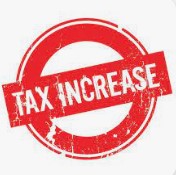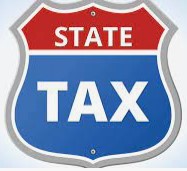
As we were reading an article written by Noah Peterson at The Tax Foundation it caught our attention. We believe it will catch your attention, too! It is titled “How Are Remote And Hybrid Workers Taxed?” Here is what Noah Peterson writes:
“Working from home is great. The tax complications? Not so much.
Last year, 13 percent of full-time employees in the U.S. worked from home and 28 percent worked a hybrid model. Many of them worked in a different state than the one in which their employer was located. That’s millions of Americans who will face complicated income tax situations this filing season—some even getting taxed twice.
Where Is Income Taxed?
Generally, income can be taxed where you live and where you work. If those are the same state—as is typically the case with remote and in-person workers—then that’s where you’ll get taxed (with one exception; more on that below). But if you live and work in two different states—say, you live in New Jersey and commute into New York—then you could get taxed in both.
Thankfully, every state with an income tax offers a credit for taxes paid to another state. The catch: it won’t exceed the amount you pay on that income in your home state. So, your income wouldn’t be double taxed, but if the second state has higher income tax rates, you would be paying more than if you worked exclusively from your own state.
When Would I Be Double Taxed?
Five states tax people where their employer’s office is located, even if they work remotely and never set foot in the state. This is called the “convenience of the employer” rule, and Connecticut, Delaware, Nebraska, New York, and Pennsylvania have it, though they differ on the details.
If your employer is based in one of these states, but you’re working elsewhere for your convenience (not because your employer requires it), then you might pay income taxes both in the state where you live and work and in the state where your employer is based, without an offsetting credit.
For example, say your company is based in New York but you work remotely in California. Because you live and work in California, the state expects you to pay taxes on the income you earn there. But because New York has a convenience rule, it also expects you to pay taxes on the income you earn through your New York-based company. You’d pay income taxes to both states.





























Recent Comments